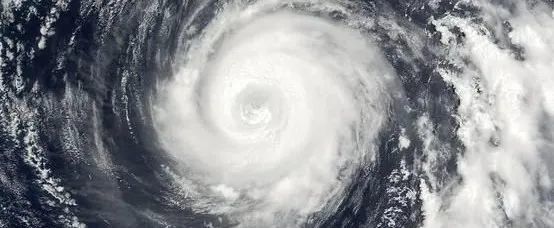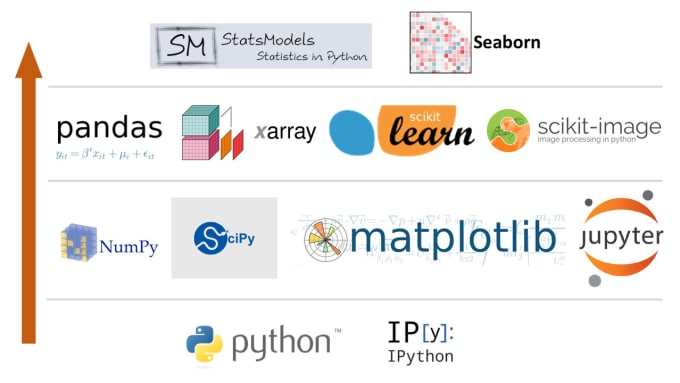Research
I study the tropical cyclones (TCs), trying to understand the mechanisms involved in TC intensification and size growth.









The diurnal cycle is a fundamental characteristic of the variability of the global climate system, various aspects of TCs also fluctuate with the diurnal cycle. Our recent works found that TC formation, intensification, radius of maximum wind (RMW) contraction, and growth of the 34-kt wind radius (R34) were nocturnally prefered. The peak change rates were observed at 0300-0900 LST for rapidly intensifying storms associated with the greatest coverage of very deep convective cloud at 0300–0600 LST. It indicated the importance of radiative forcing on TC intensity and structure.
TC Rapid intensification (RI) is generally defined as an intensification of more than 30 knots in 24 h, most category 4 and 5 hurricanes underwent RI at least once during their lifetimes. Our recent work suggested that RI favored environments are under the control of global climate variability. However, beyond large-scale environmental conditions, convective bursts have emerged as a critical factor in triggering RI. To advance the prediction of RI in North Atlantic Tropical Cyclones (TCs), we developed a machine learning (ML) model that integrates 6-hourly predictors from the Statistical Hurricane Intensity Prediction Scheme (SHIPS) with additional data on very deep convective clouds, characterized by infrared brightness temperatures below 208 K. The ML model demonstrates superior performance compared to operational models at specific thresholds. These findings underscore the potential of hourly cloud data, particularly with its pronounced diurnal variations, to significantly improve the accuracy of TC RI forecasting.
The destructive potential of TCs is primarily determined by two key factors: intensity and the size of the outer region. Our study indicates that although both intensification and R34 (radius of 34 kt) growth are associated with very deep convection, their effects vary depending on the location of the convection. TC fullness can serve as a reliable indicator of the spatial distribution of very deep convection, reflecting the coupling between wind field structure and convective activity. In storms with varying fullness, spatial differences in convection impact intensification and outer region size growth differently: storms with lower fullness have more deep convection near R34, which induces greater low-level angular momentum flux, promoting R34 growth; storms with higher fullness feature more deep convection toward the storm center and a smaller radius of maximum wind, facilitating intensification. These findings shed light on the importance of wind structure in TC intensification and outer-size growth.
